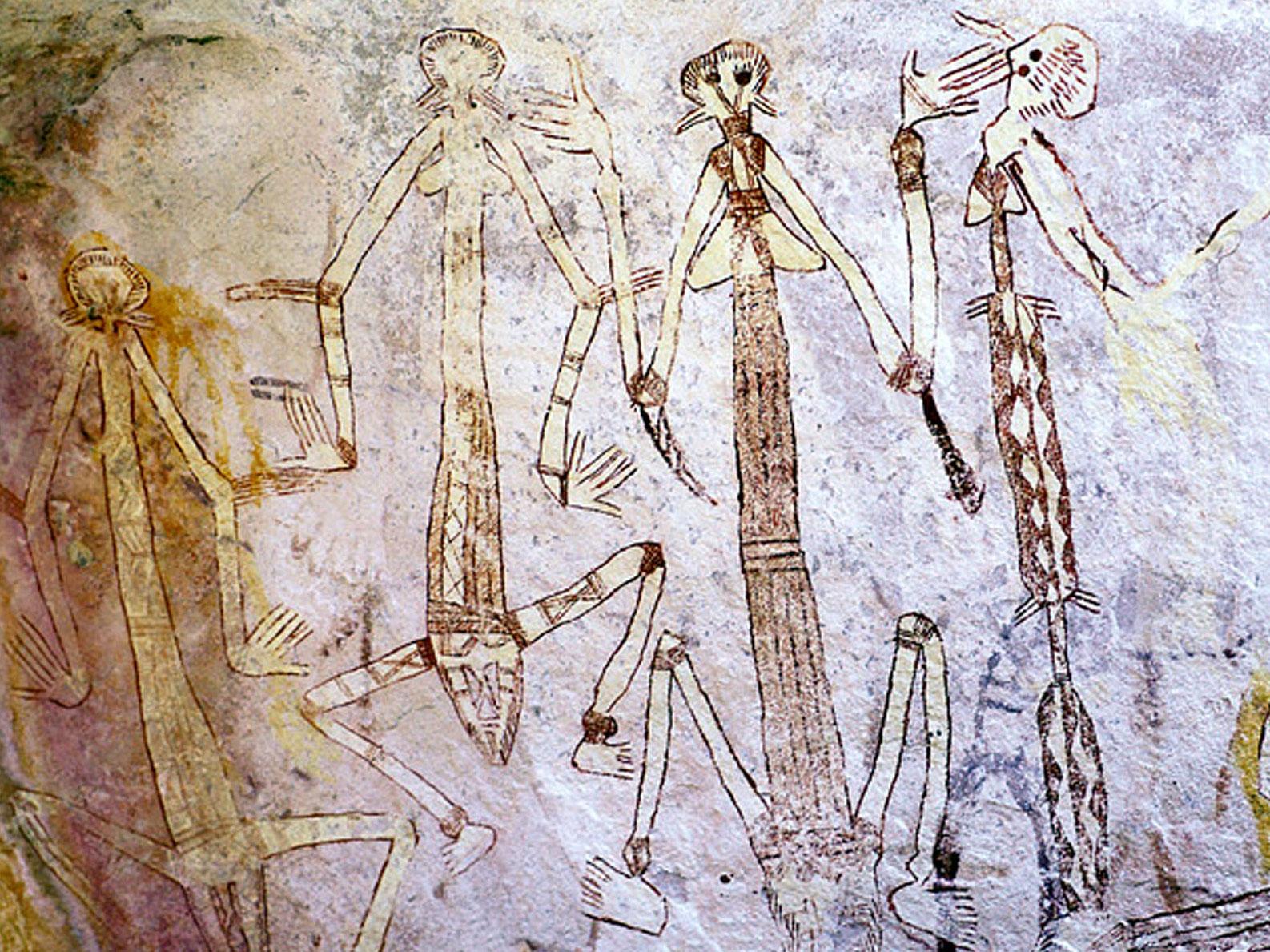The Independent's journalism is supported by our readers. When you purchase through links on our site, we may earn commission.
Australia was colonised by humans 20,000 years before we first arrived in Europe, says new study
Discovery of world's oldest stone axes with a ground edge, ochre used to make cave paintings and other artefacts pushes back date of first human arrival to 65,000 years ago

Your support helps us to tell the story
From reproductive rights to climate change to Big Tech, The Independent is on the ground when the story is developing. Whether it's investigating the financials of Elon Musk's pro-Trump PAC or producing our latest documentary, 'The A Word', which shines a light on the American women fighting for reproductive rights, we know how important it is to parse out the facts from the messaging.
At such a critical moment in US history, we need reporters on the ground. Your donation allows us to keep sending journalists to speak to both sides of the story.
The Independent is trusted by Americans across the entire political spectrum. And unlike many other quality news outlets, we choose not to lock Americans out of our reporting and analysis with paywalls. We believe quality journalism should be available to everyone, paid for by those who can afford it.
Your support makes all the difference.Australia was colonised about 20,000 years before humans first arrived in Europe, according to new research.
The discovery of the world’s oldest stone axes with ground edges, ochre used to make "spectacular rock art" and other artefacts in northern Australia pushes back the earliest known presence of humans to 65,000 years ago.
Despite the relative closeness of Europe to Africa, where modern humans first evolved about 200,000 to 3000,000 years ago, the first concrete signs of Europeans are about 45,000 years old.
In addition to their sophisticated axes, the people who first arrived on Australia’s shores may also have been armed with spears.
The objects were found at Madjedbebe within the traditional lands of the Mirarr clan, an area of land that was excluded from the surrounding Kakadu National Park after a lease to mine uranium in the area was granted in 1982.
Representatives of the Mirarr said the research showed the “universal importance” of the area and called for it to receive the “highest level of conservation and protection”.
Writing in the journal Nature, the researchers said: “The settlement of Madjedbebe around 65,000 years ago … sets a new minimum age for the human colonisation of Australia and the dispersal of modern humans out of Africa and across south Asia.
“The final stages of this journey took place at a time of lower sea level, when northern Australia was cooler and wetter.
“Our chronology … extends the period of overlap of modern humans and Homo floresiensis [the hominin species better known as hobbits] in eastern Indonesia to at least 15,000 years and, potentially, with other archaic hominins – such as Homo erectus – in southeast Asia and Australasia.”
In addition to changing the story of our species’ expansion across the globe, the new much older date challenges theories that Australia’s astonishing megafauna – a two-tonne wombat, giant kangaroos that were so big they couldn’t hop and a two-metre-tall bird – were quickly wiped out by humans.
“Our chronology places people in Australia more than 20,000 years before continent-wide extinction of the megafauna,” the Nature paper said.
Professor Chris Clarkson, who led the research, stressed how significant the site was.
“The site contains the oldest ground‐edge stone axe technology in the world, the oldest known seed grinding tools in Australia and evidence of finely made stone points which may have served as spear tips,” he said.
“Most striking of all in a region known for its spectacular rock art are the huge quantities of ground ochre and evidence of ochre processing found at the site, from the older layer continuing through to the present.”
Justin O’Brien, chief executive of the Gundjeihmi Aboriginal Corporation, which represents the Mirarr clan, echoed this point.
“This study confirms the sophistication of the Australian Aboriginal toolkit and underscores the universal importance of the Jabiluka area,” he said.
“These findings reinforce the need for the highest level of conservation and protection for this site.”
An article in Nature commenting on the research by Professor Curtis Marean, of Arizona State University, noted how quickly humans had reached Australia after they first began to leave Africa.
“We now know that modern humans, after they left Africa around 70,000 years ago, dispersed rapidly to a coastal area that became the departure gate for their journey to Australia,” he wrote.
“From that launch pad, perhaps some of them envisaged other lands across the water that they could not see.
“They decided to take a chance and built boats, loading them with both new and tested technologies.
“Then, with their families, they boarded to embark on a journey of discovery. Sounds familiar – sounds like humans reaching for the stars.”
Join our commenting forum
Join thought-provoking conversations, follow other Independent readers and see their replies
Comments